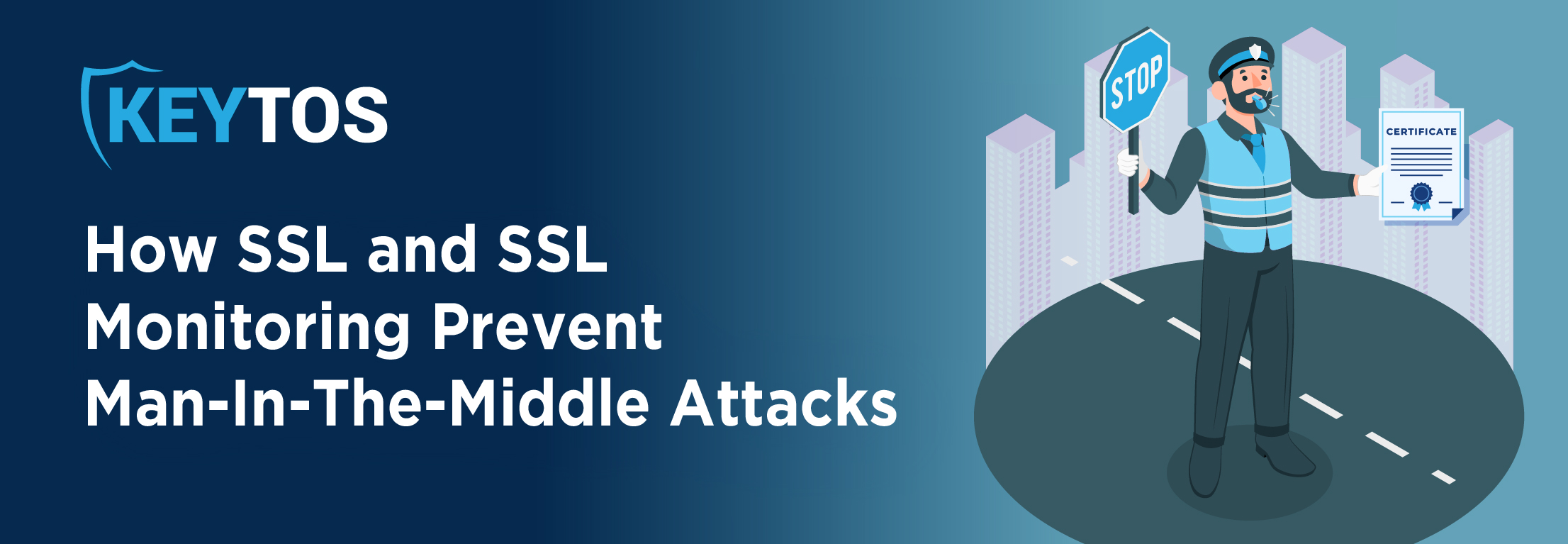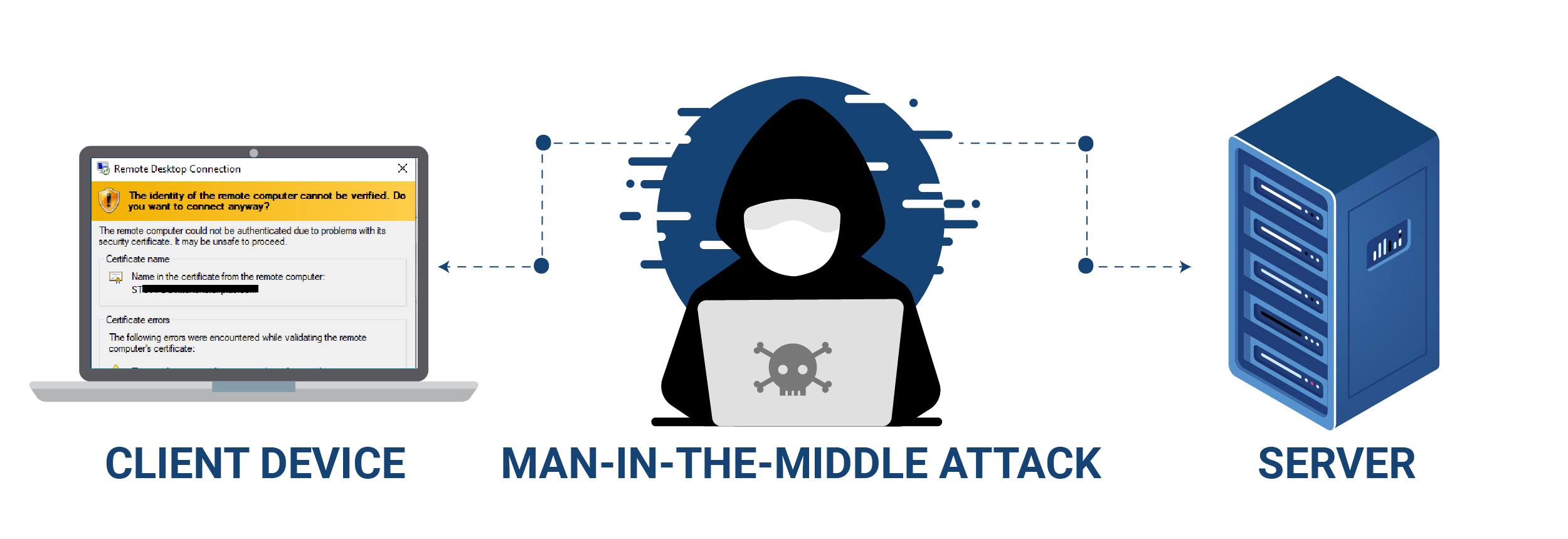
In an era where digital communication and transactions are paramount, the importance of maintaining online privacy and security cannot be overstated. Of all the types of cyber threats out there, man-in-the-middle (MITM) attacks stand out for their potential to cause truly significant harm to organizations. Understanding and preventing these attacks, particularly through the use of SSL/TLS certificates and SSL certificate monitoring, is crucial for safeguarding online transactions and your organization as a whole.
First things first, we ought to quickly define what a man-in-the-middle attack is. A man-in-the-middle attack is a sophisticated cyberattack where a hacker secretly intercepts and alters the communication between two parties. MITM attacks occur when the attacker positions themselves between a client and a server – by impersonating the server to the client (and vice versa), the attacker can steal sensitive information, such as login credentials, financial data, or personal details, with the affected parties being none the wiser.

A MITM attack typically unfolds in these stages:
Initiation of Connection: a client tries to connect to a website with an SSL certificate, aiming to establish a secure link.
Interception by the Attacker: the attacker intercepts this connection and masquerades as the website, creating a fraudulent SSL certificate that appears valid.
Deception of the Client: the client’s browser, unable to detect the facade, accepts the fake certificate as legitimate.
Data Compromise: the attacker decrypts, reads, and potentially alters the client’s encrypted communication.
Re-Encryption and Misdirection: the communication is re-encrypted using a legitimate SSL certificate and sent to the server, which remains unaware of the tampering and responds accordingly.
Continuous Eavesdropping: the attacker maintains this interception for each communication session, effectively compromising the entire conversation.
SSL/TLS certificates play a pivotal role in thwarting man-in-the-middle attacks through encryption, authentication, and integrity.
Encryption: SSL encrypts data between the client and server using cryptographic algorithms, making it unreadable to anyone without the encryption key.
Authentication: Digital certificates, issued by trusted CAs, authenticate the server’s identity. This prevents hackers from impersonating servers and deceiving clients.
Integrity: SSL adds a digital signature to transmitted data, allowing recipients to verify that it’s untouched. Any tampering invalidates the signature, signaling potential interference.
The HTTPS protocol, integral to SSL/TLS certificates and PKI, also plays a crucial role in preventing man-in-the-middle attacks. HTTPS uses a private key to establish a secure connection corresponding to the server’s certificate; while attackers can access the certificate containing the public key, they cannot decrypt the data without the matching private key, which is exclusive to the server.
SSL monitoring is a key piece of the SSL puzzle (not only your own certificates but also the certificate transparency logs). With proper SSL certificate monitoring, you can ensure that you will be alerted if any certificates are issued for your domains that were not issued by your organization for example how it happened to Google with the hack of Digi Notar, SSL Certificate monitoring does not only help you detect bad actors trying to impersonate you but it can also be alerted if any of your certificates are about to expire, allowing you to rotate them and avoid outages and vulnerabilities. Additionally, SSL certificate monitoring helps you stay compliant with industry regulations, if applicable.
Of course, the effectiveness of SSL monitoring comes down to the tool you use to do it. We highly recommend EZMonitor, considered to be the best SSL monitoring tool on the market. To see how EZMonitor can help your organization stay ahead of certificate expiry dates at a fraction of the cost of its competitors, feel free to schedule a FREE consultation with one of our identity experts today.
SSL certificates mitigate the risk of MITM attacks by encrypting communications, authenticating server identity, and ensuring data integrity. They establish a secure and trusted connection between clients and servers, playing a critical role in protecting online privacy and security. Automating SSL certificate management, regular SSL certificate monitoring and proper configuration are essential in maintaining this line of defense against sophisticated cyber threats.